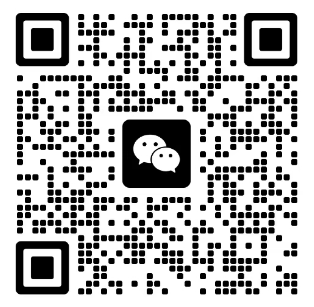With the recent high temperatures of summer, the electricity load for production and daily life has increased significantly. To ensure the public's electricity needs during these high temperatures and high loads, power supply companies across the country have organized teams to strengthen inspections of transmission lines to ensure safe electricity use.
Power line workers use high-magnification, large-aperture binoculars to conduct special inspections of key lines within their jurisdiction. They inspect the line environment, tower foundations, grounding systems, tower bodies, lines, and accessories to ensure they are in good condition. They carefully check all parts for any abnormalities and promptly identify and eliminate potential hazards.
Power line inspection binoculars are mostly 10x or 10-22x continuously variable magnification binoculars. For power line inspection, a higher magnification is not recommended; 10x is the optimal choice. Larger binoculars are bulky and heavy, and prolonged observation will result in vibration that affects the quality of observation, hindering the observation of details such as lines and accessories. The Onick 10x50 large-aperture, high-definition Porro binoculars are ideal for power line inspections. With a 23.5mm eyepiece diameter and a 50mm objective lens, the ultra-wide field of view allows for comfortable observation of line targets.
IPX7-rated, nitrogen-filled, and waterproof, it can be used in humid and rainy environments. Its FMC fully multi-coated optical system provides high-contrast, brighter images.
Inspections of power line equipment are being strengthened, with special emphasis on heavy-load and critical equipment. Discovered problems, defects, and potential hazards are being identified and addressed to minimize and avoid power outages.
During inspections, all crossings, adjacent parallel transmission lines, and other transmission lines are subject to focused inspections to eliminate potential hazards before they occur. Inspection personnel measure ground height using rangefinders and altimeters. Effective measures, such as collecting data and photographic records, are implemented to document each crossing point. Detailed data, such as crossing angles, clearance distances, and daily temperatures, are recorded to ensure a comprehensive understanding of the crossing situation and the authenticity and comprehensiveness of the data.
The Onick 360AS rangefinder and height meter is a total station rangefinder that measures distance, height, angle, and span. It has a zero-meter starting point, no blind spots, and offers a 0.2m accuracy. It also features a vibration reminder function.
1. Distance measurement (horizontal, vertical, and slope distance)
2. Tilt angle measurement (inclination and slope)
3. Azimuth measurement and offset measurement (three-point height measurement)
4. Span measurement between any two points in space
5. RS232 serial data transmission or Bluetooth
6. Closest, farthest, and multi-target continuous measurement modes
The Onick 360AS uses an RS232 interface to transmit measurement data to mobile devices such as PPCs, data loggers, and GPS receivers. Optional Bluetooth functionality enables easy real-time wireless data transmission. It can be used with a GPS receiver for eccentricity measurement and outputs collected data to the GPS in real time. Onick 360AS distance and height measuring instrument is widely used in transmission line inspection, forestry resource inventory, and field data collection for preliminary investigation and design of various projects.


